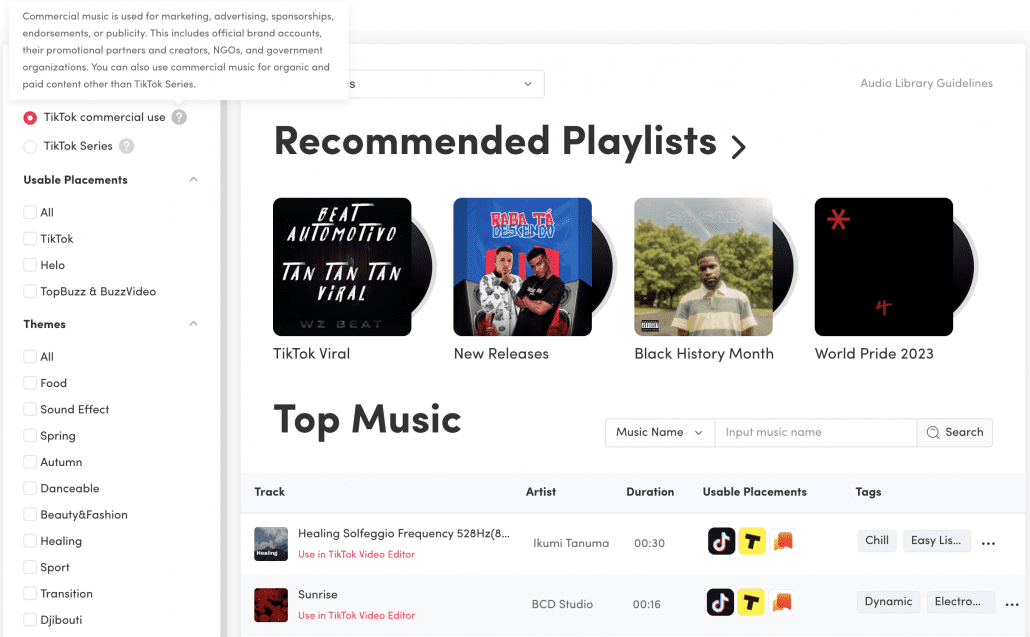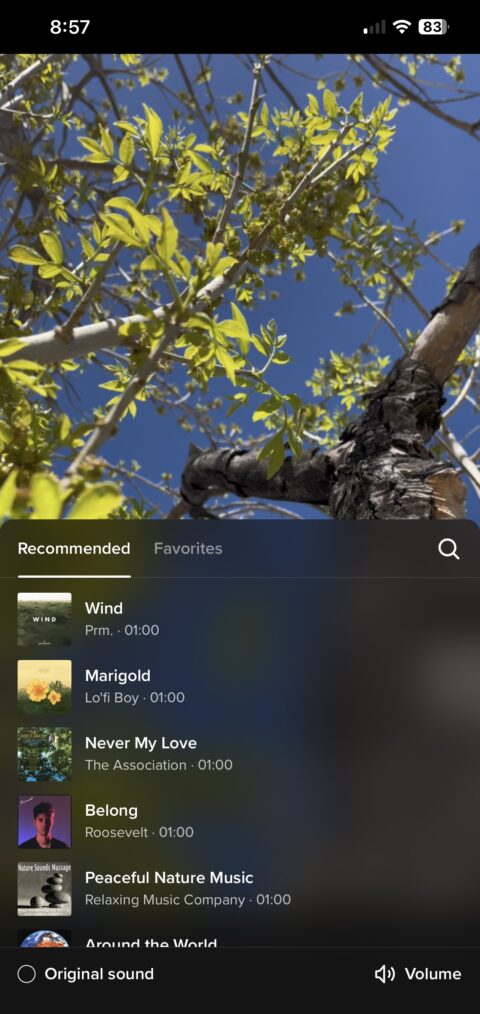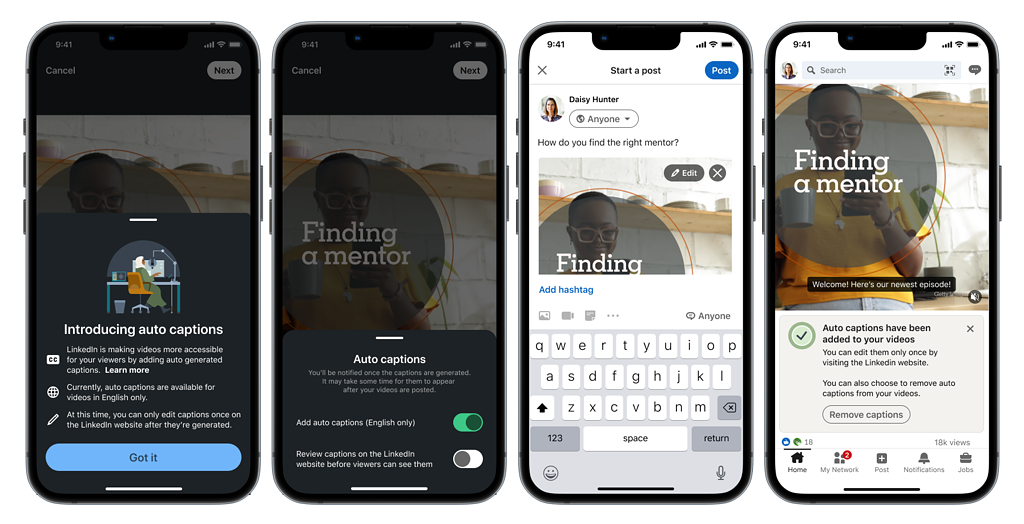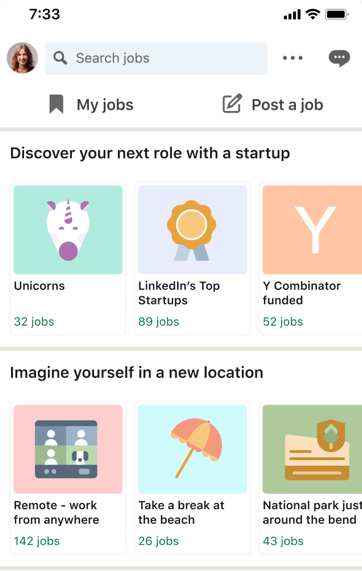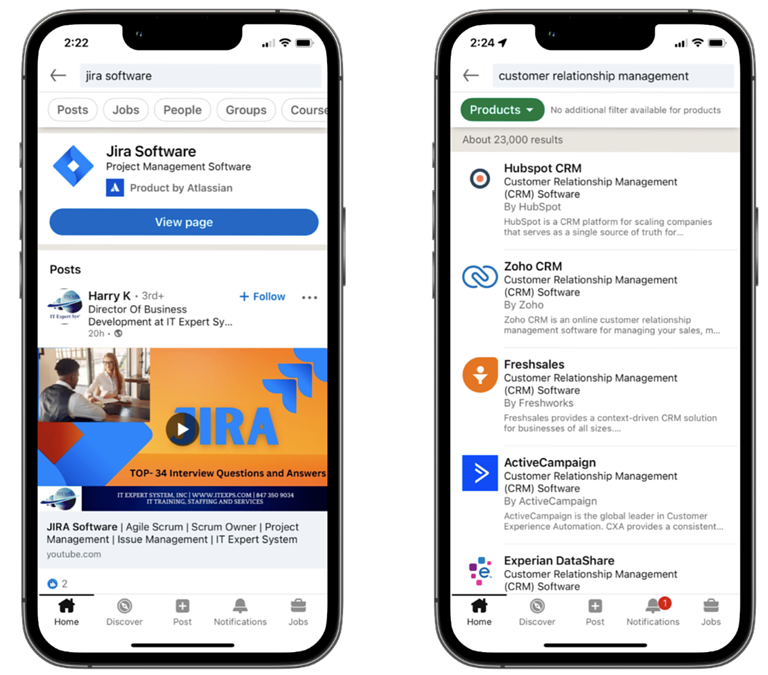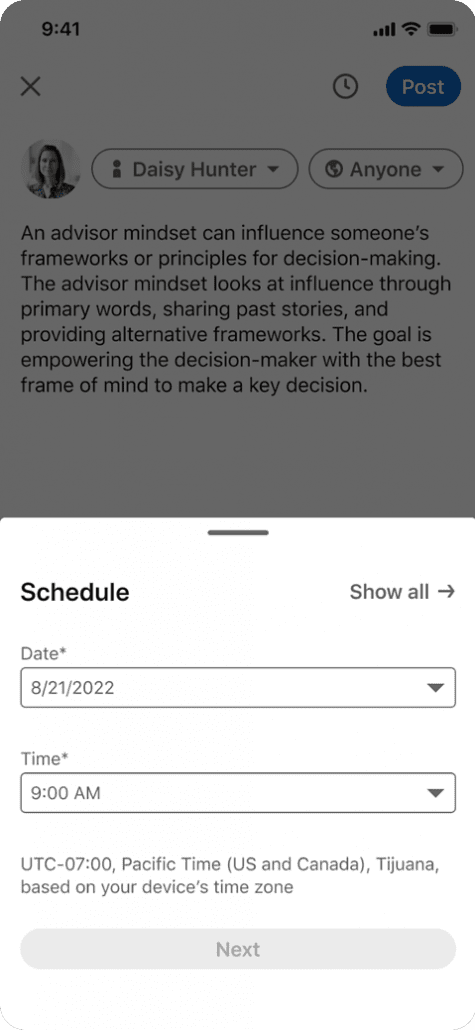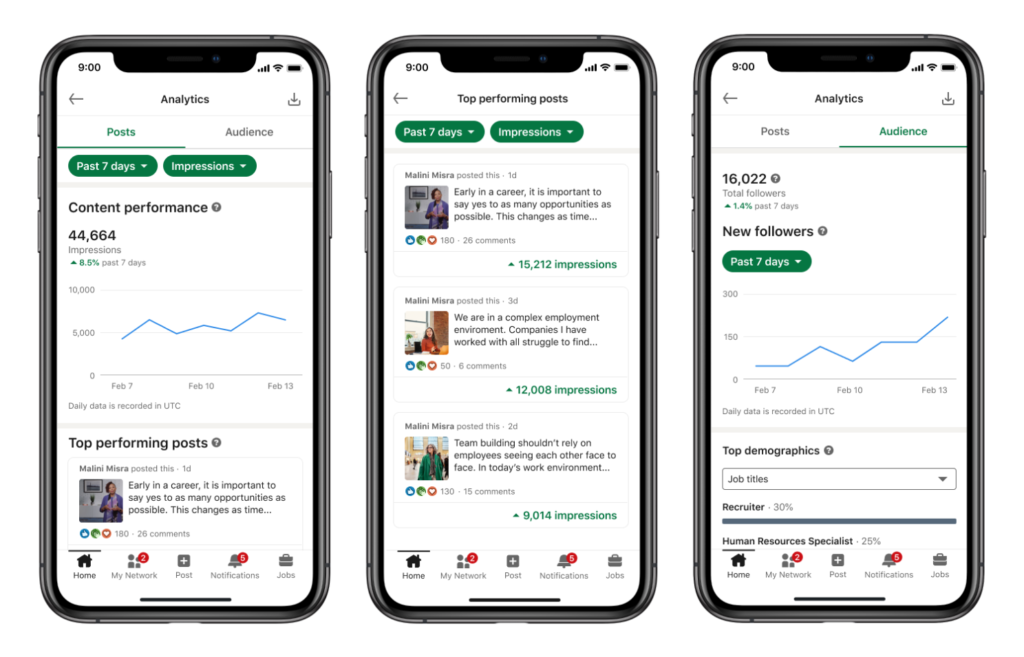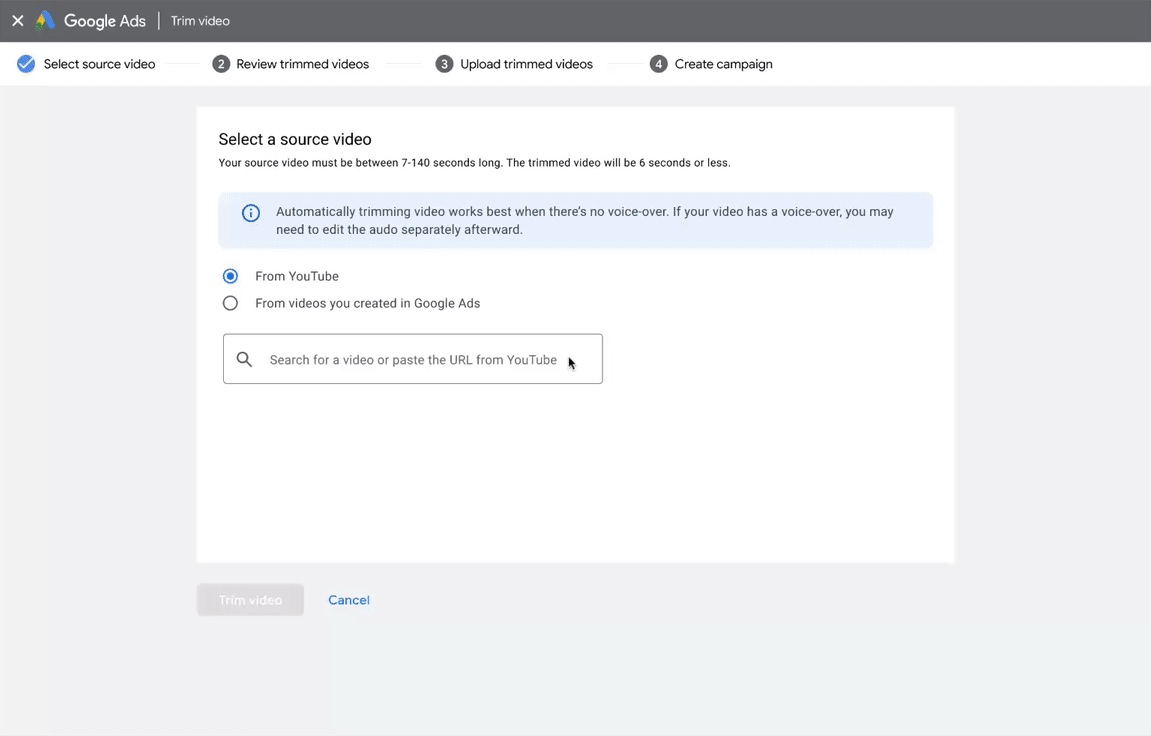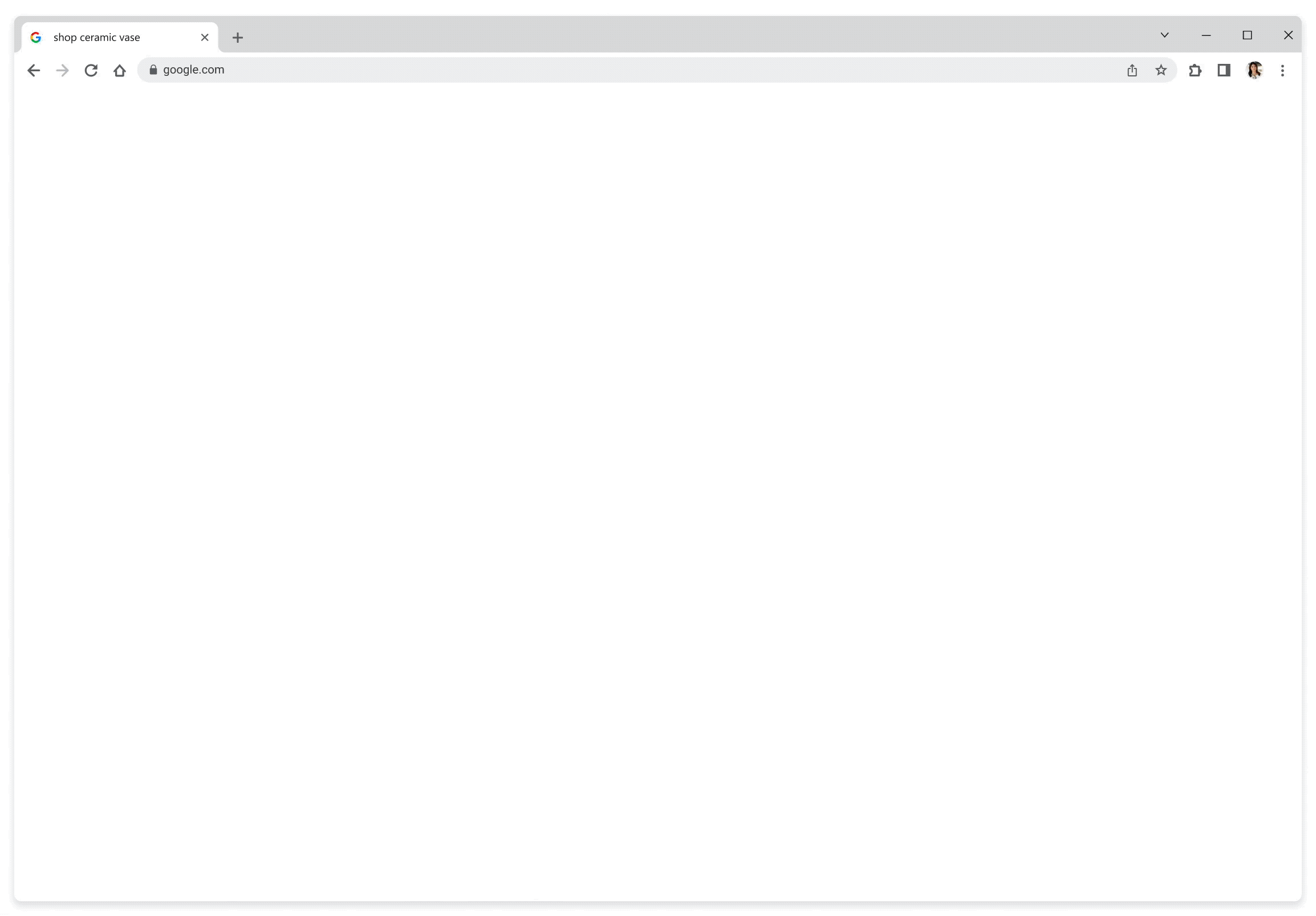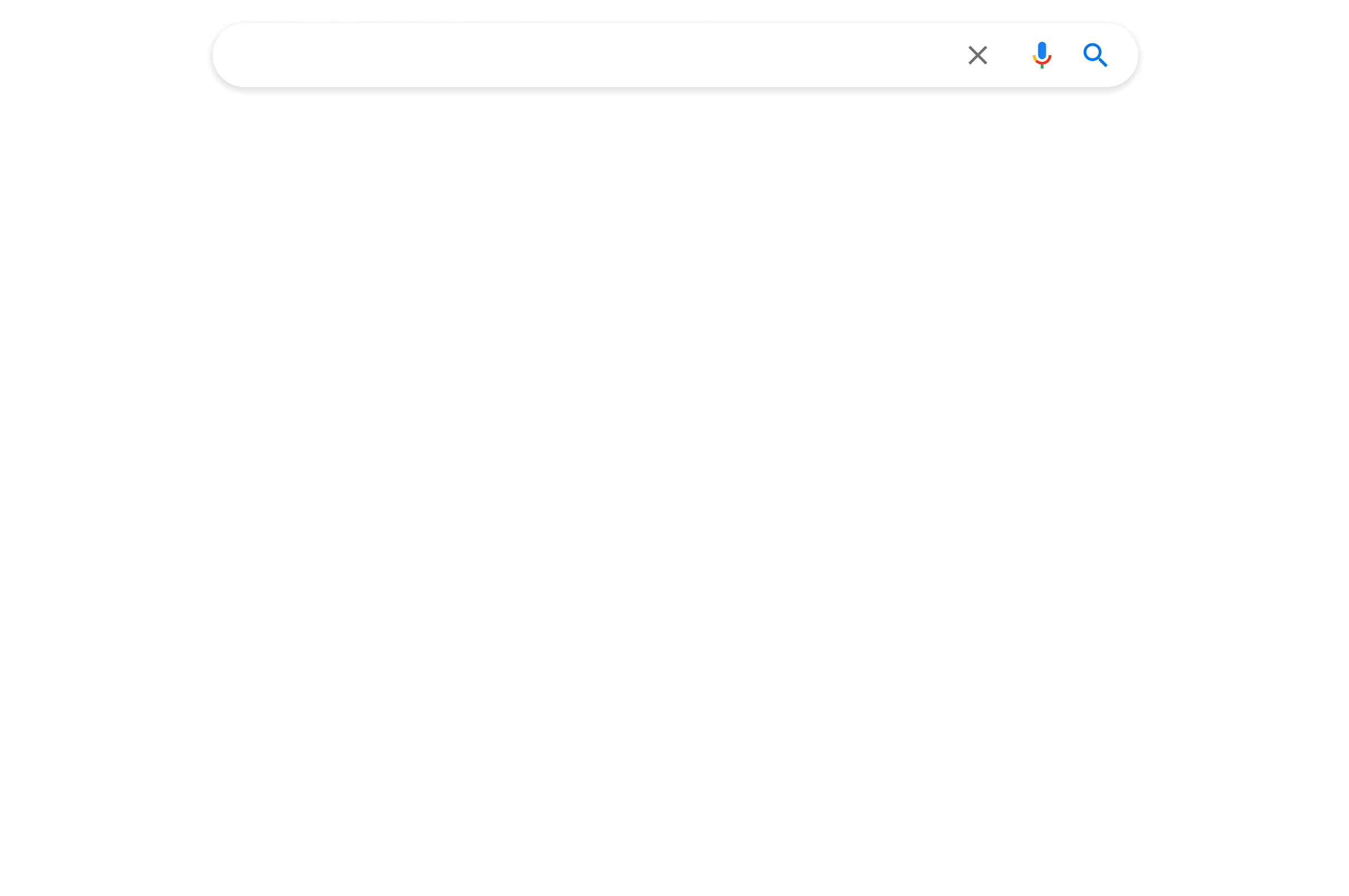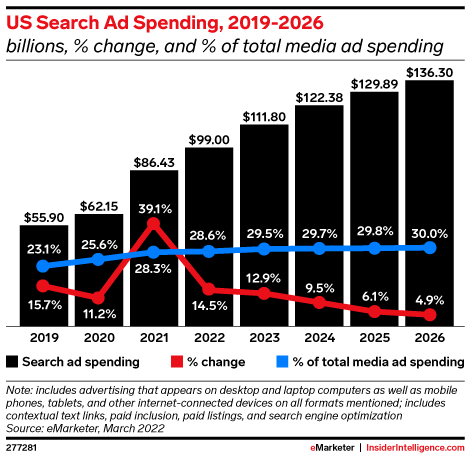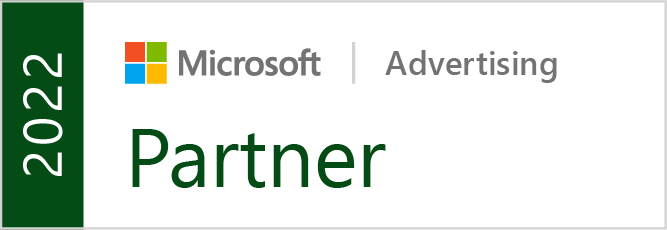TikTok is quickly becoming more than just a social media app for teens to showcase their dance moves and lip-syncing skills. It is becoming a lucrative platform for businesses to reach an increasingly diverse group of audiences, especially now that the company appears to be preparing to introduce sponsored search ads.
This move aims to generate more revenue for TikTok and position the platform to be a direct competitor to Google and Microsoft.
The search ad market has long been dominated by tech giants like Google and Microsoft. The rise of social media platforms like Facebook and Instagram has driven a shift towards social media search ads in recent years, though.
Now, TikTok’s entry into the market marks another step in this direction as the platform offers a chance for businesses to connect with a younger demographic who might not be as easily reachable through traditional advertising methods.
The new beta test of the advertising format on TikTok allows businesses to bid on specific keywords to appear at the top of search results. As usual, the search ads will be marked as “sponsored”, making it clear which results are paid and which are organic.
One thing that may help the ad option stand out is TikTok’s targeting capabilities. The app’s algorithm uses machine learning to personalize users’ feeds based on their behavior, search queries, and demographic information.
This means that businesses can reach a highly specific audience with their ads, ensuring that their marketing strategies are more effective and efficient. This is particularly attractive to brands in a landscape where platforms like Facebook have gradually limited ad targeting options following criticism of its use of user data.
As with any new ad format, this move has the potential to be divisive. More ads in search results may potentially frustrate users. However, if search ads are relevant and engaging, they could enhance the user experience by providing relevant information.
Unfortunately, it is unclear when we can expect this ad option currently in a limited beta test to become available to all advertisers. In a statement to Search Engine Land, the company said:
“We are in the very early stages of testing search ads in select regions. For clarification – at this stage, advertisers do not have the ability to bid on specific keywords for advertising purposes. This part of our testing is managed by TikTok based on keywords that would be most relevant and impactful to the advertiser and their specific ad.”

